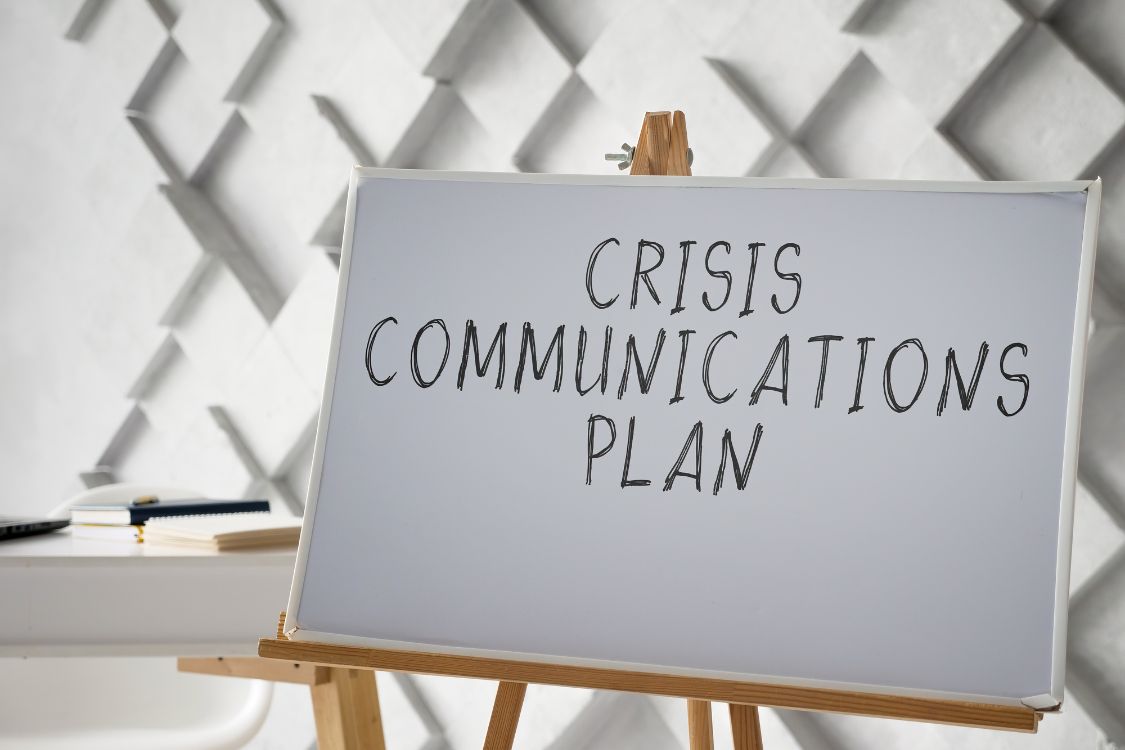In today’s hyperconnected world, a single misstep can trigger a media storm capable of damaging even the most well-established brands. Whether it’s a product recall, executive scandal, data breach, or social backlash, a PR disaster can quickly spiral out of control. That’s why every organization must have a crisis communication strategy that’s fast, transparent, and grounded in proven best practices.
Here are 7 battle-tested tactics that brands should use to manage and recover from a PR crisis in 2025:
1. Act Fast, but Not Recklessly
Speed is critical in the early hours of a crisis. But that doesn’t mean rushing with a half-baked statement. The key is to quickly acknowledge the situation, confirm that you’re investigating, and commit to updates as facts emerge. Timely responsiveness shows leadership and can diffuse speculation before it escalates.
2. Centralize Communication Through a Designated Spokesperson
Mixed messages only intensify public confusion and erode trust. Designate one credible spokesperson to speak on behalf of the brand. This ensures clarity, consistency, and controlled messaging across all media platforms.
3. Be Transparent, Even When It’s Uncomfortable
Attempting to downplay or spin the truth in the digital age is a dangerous game. Today’s audience expects radical transparency. Admit faults when necessary, explain what you know (and what you don’t), and outline the steps you’re taking to fix the issue. This authenticity builds trust, even in adversity.
4. Own the Narrative Before Someone Else Does
In a PR crisis, silence creates a vacuum and that vacuum will be filled by speculation, misinformation, or hostile narratives. Control the story early by providing factual, timely updates. Proactive media engagement and real-time social listening can keep the brand in control.

5. Prepare Pre-Crisis Playbooks
The best crisis management starts long before the crisis hits. Develop communication playbooks for likely scenarios complete with pre-approved messaging frameworks, media lists, escalation protocols, and internal notification systems. This preparation saves critical hours and reduces panic.
6. Monitor & Respond on All Channels
Today’s crises unfold on every platform news outlets, social media, Reddit, forums. Use monitoring tools to track sentiment and respond with agility. A misjudged tweet or viral TikTok comment can reignite a controversy if left unchecked. Multichannel engagement is no longer optional it’s essential.
7. Turn Recovery Into Rebuilding
Once the dust settles, the work isn’t over. A post-crisis debrief should focus on what went wrong, what worked, and how the organization can rebuild its reputation. Share what was learned, implement new safeguards, and turn the crisis into a catalyst for long-term brand resilience.
Conclusion: Resilience Is a Communication Asset
In 2025 and beyond, public relations is about more than visibility it’s about credibility under pressure. A well-managed crisis doesn’t just mitigate fallout; it can strengthen public perception and reinforce your brand’s integrity.




